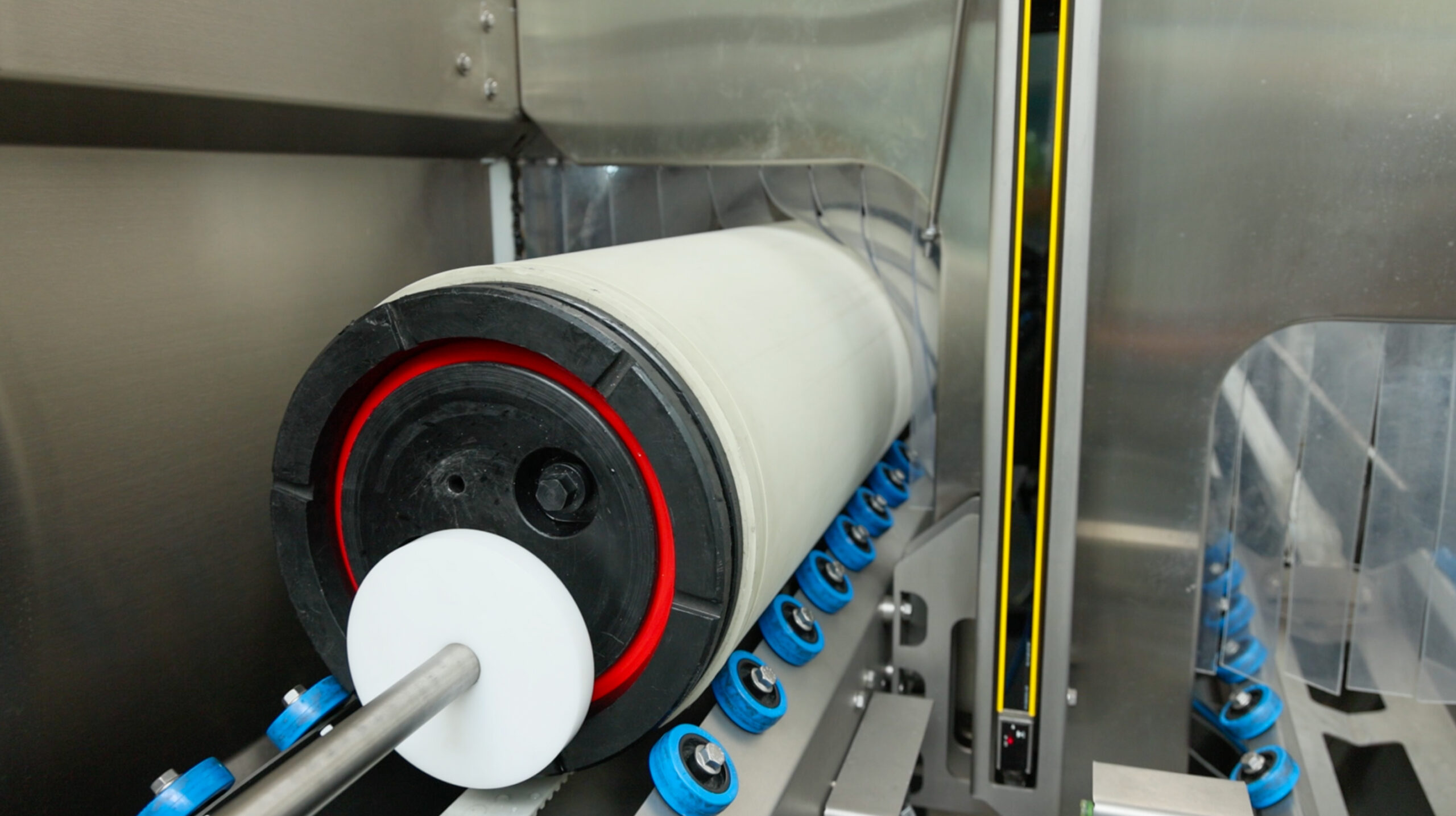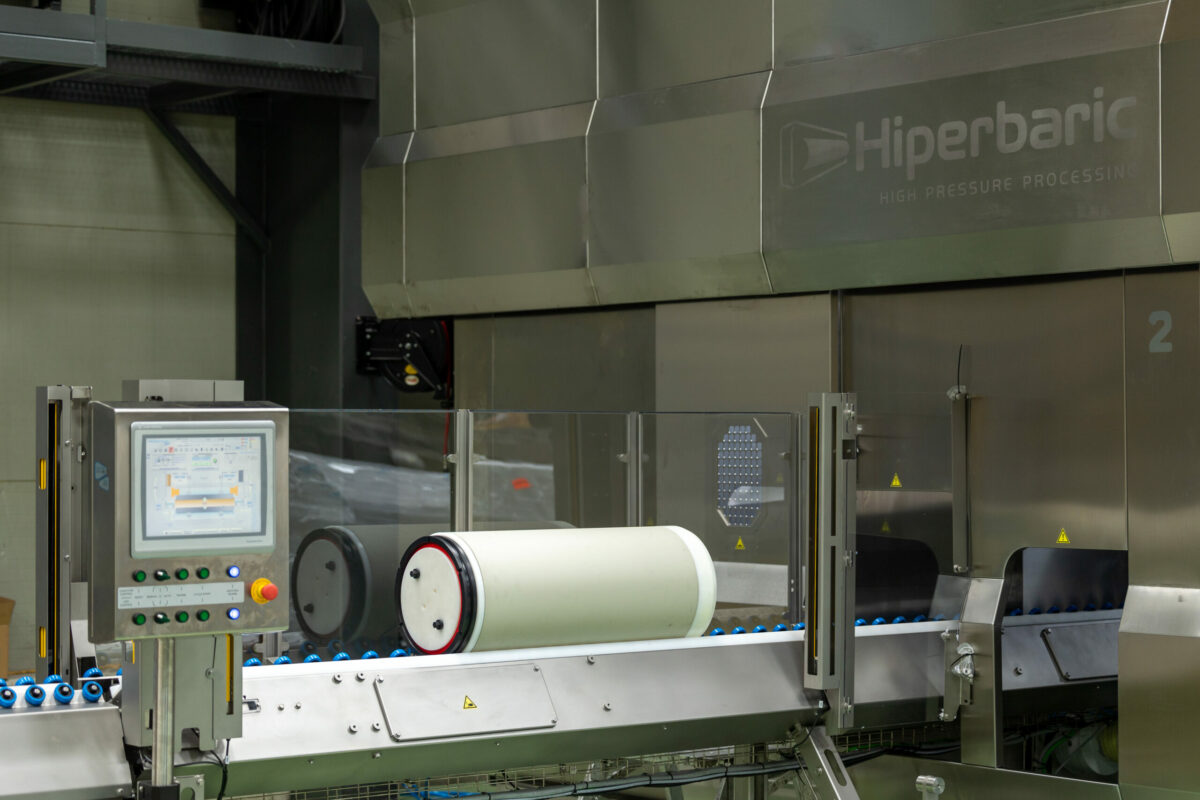What is HPTP technology?
High pressure thermal processing (HPTP) is an innovative process suitable for making shelf-stable products using far less heat compared to conventional food preservation technologies.
Why use HPTP technology?
High pressure thermal processing achieves an equivalent microbial inactivation compared to conventional sterilization, but minimizing its impact on nutrients, color, and flavor. It can deliver tastier low acid shelf stable products.
Collaboration with CSIRO
At the core of high pressure thermal processing (HPTP) is a canister compatible with Hiperbaric HPP machines, invented and patented by CSIRO, the Commonwealth Scientific and Industrial Research Organization, Australia's national science agency.
HPTP Advantages
- SPORE INACTIVATION - Efficiently inactivating spores to enable shelf-stable products.
- NUTRIENT PRESERVATION - Preserving nutrition and flavor better than standard heat methods.
- REDUCED CONTAMINANTS - Reducing newly formed contaminants like heterocyclic aromatic amines (HAA), acrylamide (AA), and N-nitroso compounds.
- EFFICIENCY - Up to ten times faster commercial sterilization based on research.

Frequently Asked Questions (FAQ)
1. What is high pressure thermal processing (HPTP) ?
High pressure thermal processing (HPTP) is the combination of high pressure processing (HPP) and thermal treatment. This technology takes advantage of the adiabatic heating and cooling promoted by pressure increase and decrease. That is to say, the heat generated due to compression allows fast and uniform heating of foods to elevated temperatures while decompression at the end of the process results in fast cooling.
2. What are the main applications of HPTP?
This technology allows the sterilization of low-acid foods due to an enhanced microbial lethal effect promoted by the combination of pressure and heat. This combination allows the inactivation of spores that are unaffected by pressure alone. Being that this is a recent development, emerging applications are being validated among which the most promising seem to be baby food and RTE meals.
3. What are the advantages of HPTP over conventional food preservation technologies?
Compared to conventional thermal methods (e.g. retort), HPTP enables sterilization at lower temperatures and/or shorter times. Traditional thermal technologies expose foods to long heating times, due to heating thermal gradients, and long cooling times. HPTP allows the production of foods with higher quality retention due to faster and homogeneous heating and cooling phases. This results in an overall reduction in thermal load and heat-induced quality degradation. Thus, products have a better overall quality, with a reduced impact on nutritional and sensorial characteristics, as well as reduced formation of food processing contaminants related to carcinogenic activity, such as furans, acrylamides, and hydroxyl-methyl furfural.
4. Do foods need to be packaged for HPTP?
HPTP is an ‘’In-pack’’ process, meaning that the products need to be packaged when processed, usually in their final package. Packaging materials must be flexible (to withstand compression), elastic (to recover their original shape after decompression), heat resistant (to withstand the heat applied during processing), and waterproof (as they will be submerged in water). These considerations make plastic polymers the most versatile option.
5. Can HPTP replace heat pasteurization or sterilization?
Yes, it can, with multiple beneficial results. HPTP can eliminate pathogens and spoilage microorganisms, as well as inactivate enzymatic activity resulting in increased safety and shelf-life.
6. Can HPTP inactivate spore-forming microorganisms?
It is possible to inactivate spore-forming microorganisms with HPTP, as it allows to achieve sterilization temperatures (121 °C/250 °F). There is enough scientific evidence that HPTP can inactivate Clostridium botulinum spores in different food matrixes.
7. Can HPTP foods be stored at room temperature?
Certain processing conditions used in HPTP allow to eliminate spores and inactivate enzymatic activity. Thus, it is possible to produce shelf-stable products, according to the food composition and conditions applied.

High Pressure Thermal Processing
Download the flyer to learn more about how HPTP technology works and the results obtained from processing different products.


